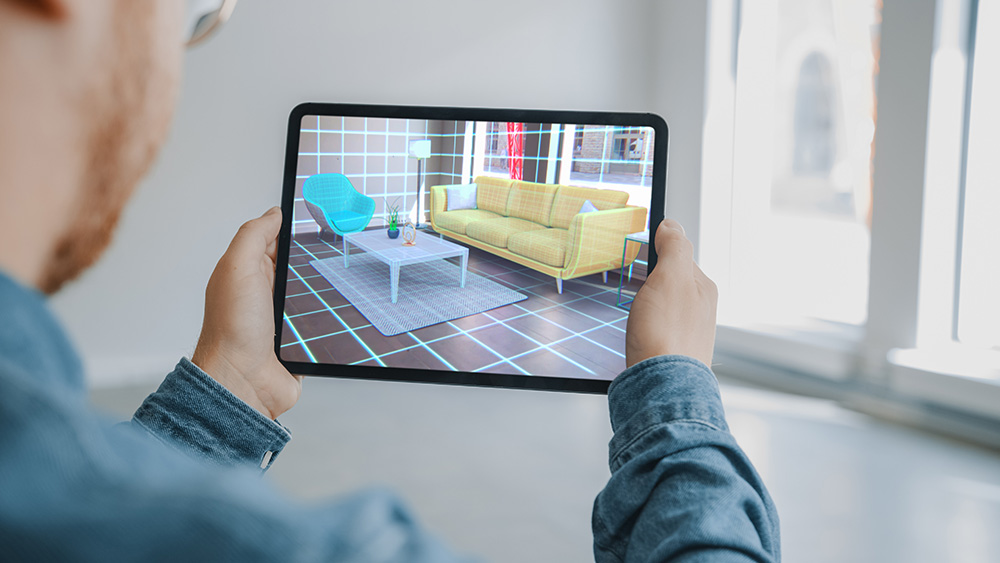Augmented reality (AR) has emerged as a ground-breaking technology, revolutionizing various industries and transforming the way we perceive and interact with the world.
In this article, we will explore the concept of augmented reality, its applications in the modern era, and the immense potential it holds for the future.
Understanding Augmented Reality
AR Defined
AR refers to the integration of digital information and virtual objects into the real world, enhancing the user’s perception and interaction with their surroundings. By overlaying computer-generated content onto the physical environment, AR blurs the line between the real and virtual worlds.
Applications of Augmented Reality
Augmented Reality in Gaming and Entertainment
AR has revolutionized the gaming and entertainment industry, offering immersive experiences and breaking the boundaries of traditional gaming.
Players can engage in interactive gameplay, where virtual elements are seamlessly integrated into their real environment. This creates a captivating and realistic gaming experience.
Augmented Reality in Education and Training
AR has tremendous potential in education and training, enabling learners to visualize complex concepts and engage in interactive simulations.
From anatomy lessons with virtual dissections to virtual field trips, AR enhances learning experiences, making them more engaging and effective.
Augmented Reality in Retail and E-commerce
AR has transformed the retail landscape by offering virtual try-on experiences and interactive product visualization.
Customers can virtually place furniture in their homes or try on clothes without physically being present in a store. This enhances the decision-making process and improves customer satisfaction.
Augmented Reality in Healthcare
AR has found applications in healthcare, from surgical planning and training to patient education. Surgeons can visualize 3D models of organs and precisely plan procedures, leading to improved surgical outcomes.
AR also enables medical professionals to display vital information in real-time during surgeries, enhancing patient safety.
Future Possibilities of Augmented Reality
AR in Architecture and Design
AR has the potential to revolutionize the architecture and design industries. Architects can use AR to create interactive 3D models of buildings, allowing clients to experience and provide feedback on designs before construction begins. This streamlines the design process and reduces errors.
AR in Manufacturing and Maintenance
AR can improve manufacturing and maintenance processes by providing real-time visual guidance to workers.
AR overlays instructions, diagrams, and other relevant information onto the physical workspace, reducing errors and improving efficiency. Maintenance technicians can access virtual manuals and guides, facilitating complex repairs.
Augmented Reality in Travel and Tourism
AR has the power to transform the travel and tourism industry by offering interactive experiences and virtual guides. Tourists can explore historical sites with virtual overlays, providing historical context and enhancing their understanding.
AR can also assist with navigation, language translation, and personalized recommendations.
Conclusion
Augmented reality has brought about a paradigm shift in various industries, redefining the way we experience and interact with the world.
From gaming and education to healthcare and retail, AR has opened up new avenues for innovation and immersive experiences.
As we look to the future, the possibilities of AR are limitless, and its impact on society will continue to grow, shaping the modern era and beyond.

